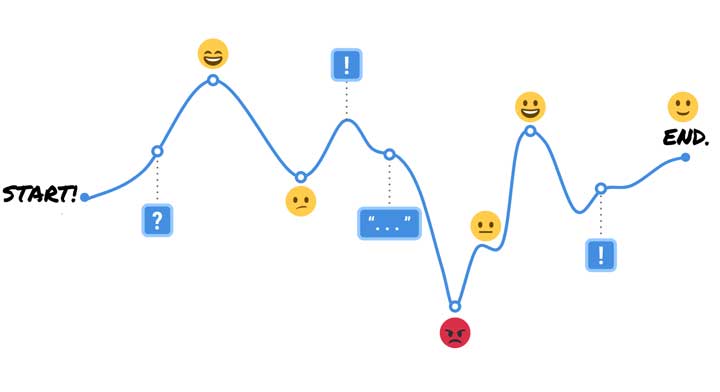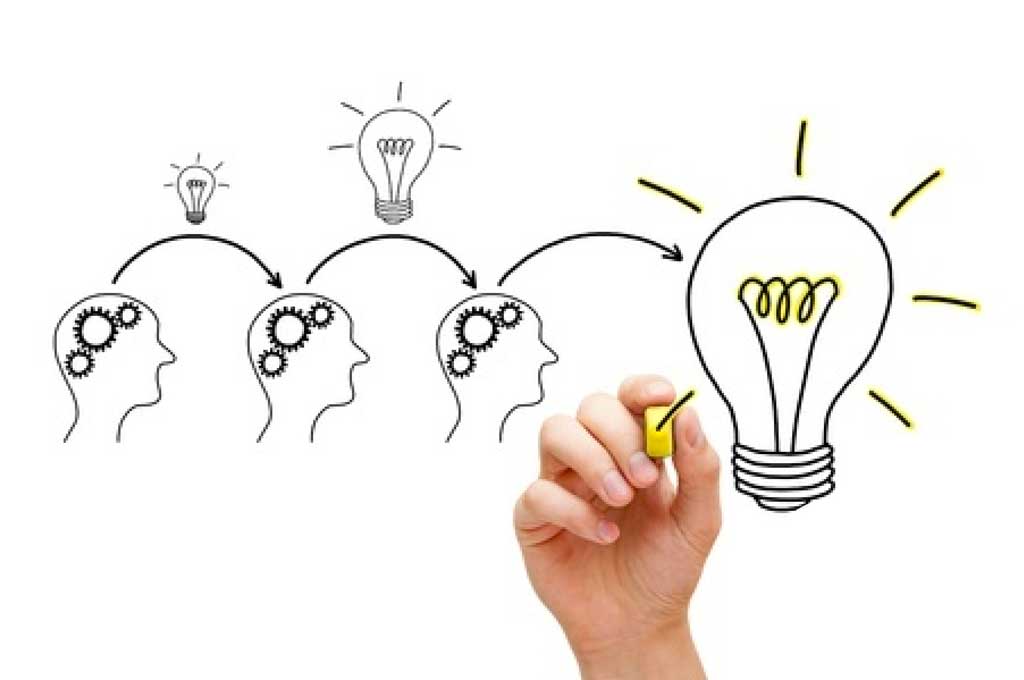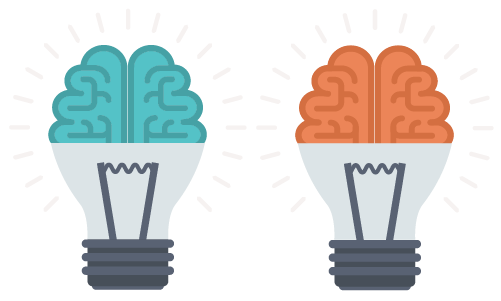The business world is increasingly concerned with the operational challenges surrounding Digital Transformation (DT) and cites it as a number one risk. This concern seems to be well founded as 70% of all DT initiatives do not seem to reach their goals.
The brave new world of the 4th Industrial revolution, aka the 1st Cognitive revolution, is testing the viability and resilience of our business models. It requires re-appraisal of procedures structures and systems. Re-appraisals of employees and customers alike. Re-appraisal of products and services offered. Even though investing in the right technologies is important, in itself, technology is not the silver bullet for a successful DT transformation.
At this point, it is good for context to cite, an updated more holistic definition of DT, as Brian Solis, principal analyst of Altimeter suggests:
Digital transformation is the evolving pursuit of innovative and agile business and operational models — fueled by evolving technologies, processes, analytics, and talent capabilities — to create new value and experiences for customers, employees, and stakeholders.
There are two recent reports shining a light on the progress of DT and the impact it has influencing the markets and the organizations, namely “CMOs: Define Your Role in Digital Transformation” from Forrester and “The State of Digital Transformation” from Altimeter.
Many organizations tend to struggle with DT due to placing too much emphasis on the enabling technology and not enough on the organizational capabilities. In particular, characteristics of effective digital leadership are about enabling the organization i.e. providing Vision and Purpose, Organizational Buy-in, Cross-functional Collaboration, Customer Experience and Organizational Culture (the shared values and beliefs that drive a change in behaviors in an organization).
The Marketing function and the CMO can play an invaluable role towards these digital leadership enablers and may present themselves as a fair response to the 70% DT initiatives failure rate, mentioned above. In particular:
The Customer Journey
Digital technologies have transformed Customer habits and have caused a shift in Customer Expectations (CX).
 According to the Altimeter report, 57% of the companies responded, continue to focus on understanding customers, modernizing touchpoints and journeys and enabling a more customer-centric and real-time infrastructure. This makes a good sense as 41% of the responded companies, cited competitive pressure as a leading driver to DT. At the same time, 41% of companies are making investments without thorough customer research. This is a great loss of monies and opportunities.
According to the Altimeter report, 57% of the companies responded, continue to focus on understanding customers, modernizing touchpoints and journeys and enabling a more customer-centric and real-time infrastructure. This makes a good sense as 41% of the responded companies, cited competitive pressure as a leading driver to DT. At the same time, 41% of companies are making investments without thorough customer research. This is a great loss of monies and opportunities.
It is pointless prioritizing an organization’s investment, in DT, without a thorough understanding of the continuously evolving Customer Journey and the underlying changes in Customer behaviors and expectations. The Marketing function’s insights should be viewed as the compass and the guiding principle on how the entire organization’s DT investment budget is prioritized and apportioned cross-functionally and organization-wide. The Customer Journey as a roadmap to an organization’s relevance points out to CX. CX is at the core of an enterprise’s success or failure. Digitally mature and successful organizations have their CMOs in the C-suite actively engaging in creating the organizations’ strategies having the Customer DNA as the foundational block of those strategies.
Paraphrasing Simon Sinek’s concept that Customers buy not WHAT you do but WHY you do it, the CMO being responsible for the Customer Journey, is in a unique position in an organization, to reflect through the CX strategies, a convincing Omni-channel integrated digital WHY at every touch point in the Customer Journey.
The C-suite Emissary
Both the Altimeter and the Forrester report point out that, Digital Transformation in companies, stumble upon lack of employee engagement, inadequate management support, poor cross-functional collaboration, and a lack of accountability. Moreover, Organizational Culture is challenged, as a reset in mindsets and behaviors becomes a priority.
Developing & communicating a vision, mission, beliefs, and values that employees can support and rally behind is critical for success.
 With the C-suite mantle, the CMO/Marketing function will do internally what Marketing does best externally i.e. create irresistible DT messaging and programs that will get everyone in the organization on board. Employees will be rooted by clear vision and purpose, enhancing their commitment, collaboration, and focus. Workplace politics, egos and fear/resistance to change, will diminish.
With the C-suite mantle, the CMO/Marketing function will do internally what Marketing does best externally i.e. create irresistible DT messaging and programs that will get everyone in the organization on board. Employees will be rooted by clear vision and purpose, enhancing their commitment, collaboration, and focus. Workplace politics, egos and fear/resistance to change, will diminish.
The Marketing function as the C-suite Emissary, by mapping the Employee Journey and addressing the Employee Expectations (EX), unlocks the requisite organizational agility (empowerment, innovation, experimentation, openness, cross-functional collaboration), allowing full embrace of DT.
In Conclusion

Thomas Husson from the Forrester report states that:
“Only 16% of CMOs are responsible for leading the execution of their firm’s digital transformation…. too few CMOs actively lead or are deeply involved in digital transformation. CIOs, COOs, CXOs, and CDOs have filled the gap but don’t represent the voice of the customer or bring the vitality that the brand needs”.
Reflecting on the above statement and the role Marketing plays in Digital Transformation (DT) process:
- It is clear that DT is maturing into an organization-wide movement. In particular,
“It’s a shift from an ownership tug-of-war between marketing and IT to a distributed balance and collaboration across the organization……… The historical tug-of-war between CIOs and CMOs, the two early adopters and leaders of digital transformation, seems to be over” Altimeter report. - The CMO and the Marketing function do not lose prominence in the DT leadership. As argued above the Marketing function:
- has the distinct advantage of a holistic purview of the brand-to-Customer Journey, leading Customer Expectations (CX) understanding and strategies, the cornerstone of an organization’s relevance.
- can and should lead internal organization, inspired communication, creating a clear and consistent narrative on vision, purpose, values, and behaviors; aiming at managing the Employee Journey and Employee Expectations(EX), hence accelerating DT change from the inside-out.
- turns data to -> insights -> opportunities (inside &outside the organization) -> CX Strategies -> profit
- The CMO should be in open collaboration with whoever leads the Digital Transformation process. The CMO’s mission, in this instance, should be to drive a unified Customer-centric mindset which in turn will inform C-suite’s decision making on how the entire organization’s DT investment budget is prioritized and apportioned cross-functionally and organization-wide.

